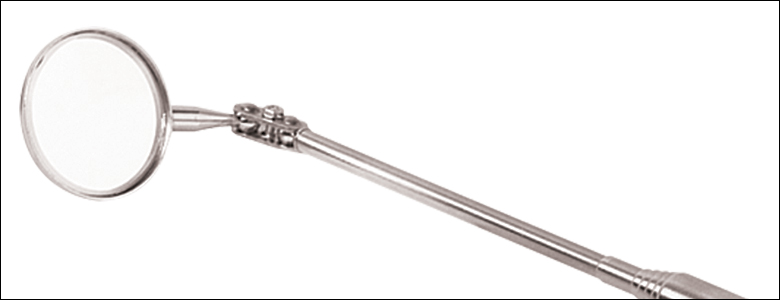
When they are placed against each other, fringes - more specifically, “Newton’s fringes” - will appear, and the shape of these fringes will determine the flatness. To compare the surface, the optical surface at hand is placed against the optical flat. To determine surface flatness, the surface being tested is compared to a high-quality, highly precise flat reference product - referred to as an optical flat - and examined for deviations by comparing the two surfaces. In this case, the higher the digit, the more precise the product. The surface flatness test accounts for surface deviations such as ripples, bows, and other imperfections, which are measured in waves - the multiple of the wavelength from the reference surface. Surface flatness is the measure of how flat a surface is this test is critical for glass products such as windows, mirrors, and plano-lens.
ISO 10110 SCRATCH DIG ISO
MIL-O-13830A and MIL-O-13830B standards are the most commonly applied for surface quality, but there’s also a more complex standard, ISO 10110, which allows designers some level of control and eliminates much of the guesswork for inspectors. Industries and applications working with lasers aim for a higher standard of 10-5. The lower the number, the higher the quality of the product. For example, 60-40 reflects precision quality, and is a common surface quality value in research and industrial sectors. Surface quality is reflected by two numbers: the scratch number, which is determined by comparing scratches on a surface to a set of standard scratches under controlled lighting conditions, and the dig number, which is calculated at the diameter of the dig in microns divided by 10. While such imperfections may not necessarily impact performance, it’s still important to consider how long-term effects, such as general wear and tear, may impact the appearance and overall quality of the glass. Surface quality refers solely to the cosmetic quality of a glass surface - whether it has any marks, divots, scratches, and so on. For instance, in industrial settings, the bar set for surface quality is not as high as it would be for work with lasers. The requirements for surface quality are as varied as the applications for glass surfaces.
ISO 10110 SCRATCH DIG FULL
At the same time, it’s important to understand the full context of the application to avoid overspecification and the added costs associated with it. Scratch-dig specifications-defined as the presence of scratches, bubbles, or pits-should be about 40-20 in most optical applications. Poor surface quality can cause unwanted light scattering in applications that require particular system wavelengths.

Surface quality, or surface roughness, refers to how much an optical glass surface deviates from an ideal. A skilled optical glass fabricator can customize the following properties to achieve certain specifications and tolerances. Specialty glass such as optical components requires precisely detailed specifications so that fabricators can create parts that perform to exacting standards, with little room for error.
ISO 10110 SCRATCH DIG HOW TO
In this guide, we’ll discuss the specifications that determine the production of optical glass parts, how to look for the right specifications, and how tight tolerances should be in different circumstances. If the tolerances are overspecified, this can needlessly raise the cost of production per unit or overcomplicate the entire project. For example, if your tolerances are underspecified for a project that requires microscopic precision, the glass component may not be able to perform key tasks.

These are useful in two ways: First, they establish an acceptable standard by which a glass surface must perform second, they can help determine the amount of time, money, and labor that should be spent on the manufacturing process.Īlso make sure the tolerance specifications for your project are just right.

To ensure the manufacture of consistently high-quality, high-performance glass components and products, it’s critical to utilize optical specifications. Posted by Sheila Reynolds on Ma1:22 pm | Leave a Comment Custom Glass for 3D Printing Applications.Schott BOROFLOAT® Glass for the Lighting Industry.Prism Rods for Aerospace, Aircraft & Fluidics Industries.Annular Edge Glass for Pharmaceutical & Petrochemical Applications.MAXOS® Type A High Pressure Gauge Glass.Glass Wafer Fabrication (Borosilicate & Quartz).


 0 kommentar(er)
0 kommentar(er)
